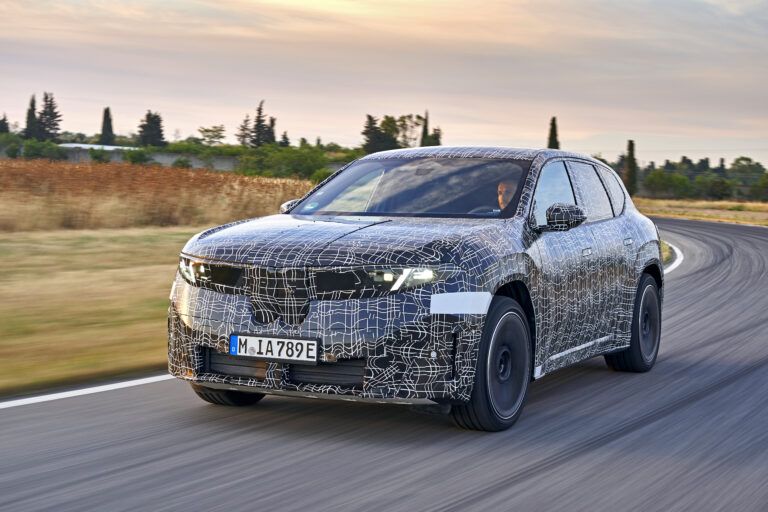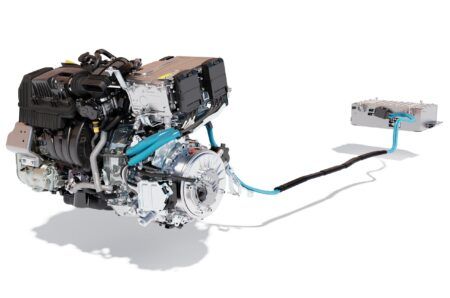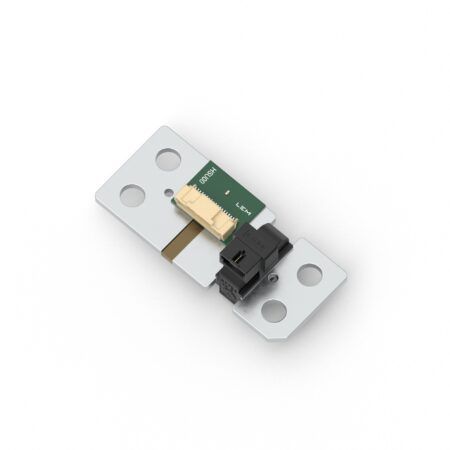BMW is preparing to launch its next-generation iX3 electric SUV, marking the debut of the company’s Neue Klasse technology platform. The vehicle will premiere at IAA Mobility 2025 in Munich this September before entering production at BMW’s new plant in Debrecen, Hungary, by year-end.
The iX3 represents BMW’s sixth-generation electric powertrain technology, featuring an 800-kilometer range under WLTP testing standards and 400kW maximum charging capability. The vehicle can add over 350 kilometers of range in 10 minutes of charging, according to BMW specifications.
Central to the new model is the BMW Panoramic iDrive system, which projects driving information across the windscreen from A-pillar to A-pillar. The system includes a 3D head-up display, a central display with matrix backlight technology, and a multifunction steering wheel with illuminated buttons that activate when functions are available.
“Longer range, faster charging, an all-new display and operating concept, and the intelligence of four superbrains are the distinguishing features of the Neue Klasse,” said Mike Reichelt, Head of Neue Klasse BMW. “With the upcoming BMW iX3 – the first model of the new car generation – we are introducing fundamental technology upgrades with the clear aim of raising the typical BMW driving pleasure to a whole new level.”
The vehicle’s battery system uses cylindrical cells with 20 percent greater energy density than BMW’s previous prismatic cells. The cells integrate directly into the high-voltage battery, which forms part of the vehicle’s structural framework. An intelligent charging flap opens automatically when the system detects the driver’s intention to charge, using AI to recognize familiar charging locations.
BMW has incorporated bidirectional charging capabilities, allowing the iX3 to function as a mobile power source for external devices, supply energy to homes, or feed power back to the electrical grid. The accompanying BMW Wallbox DC offers 19.2kW charging and discharging capacity.
The iX3 features four high-performance computers BMW calls “superbrains,” including the Heart of Joy system that manages powertrain, braking, and steering functions. This system processes information ten times faster than previous BMW systems and enables the vehicle to come to a complete stop using regenerative braking in 98 percent of cases.
Driver assistance features include automated lane changing, traffic light recognition, and parking assistance with AI-based space recognition. The system combines rule-based assistance with AI-powered functions to support drivers in complex situations.
BMW has filed numerous patent applications during Neue Klasse development, covering projection technology, battery management systems, and the vehicle’s electrical architecture. The technology platform will eventually expand across BMW’s entire model range.





